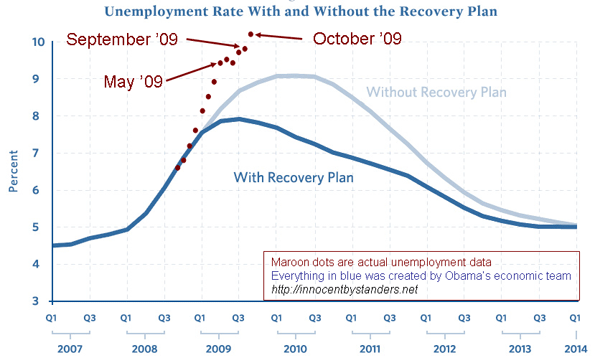Here’s a disturbing thought as Veterans Day approaches: Some teachers and administrators of the Los Angeles Unified School District (LAUSD) refuse to allow visits to high school campuses by representatives of the service academies that train young officers.
The service academies have all earned reputations as fine academic institutions that go further on training future officers. There is the U.S. Military Academy; the U.S. Naval Academy; the U.S. Air Force Academy; the U.S. Coast Guard Academy; and the U.S. Merchant Marine Academy. They all offer full scholarships and require five years of service after graduation.
Candidates must meet demanding standards on academics, physical fitness, and extra-curricular activity. They are generally required to secure a nomination from a member of the U.S. Congress, the president, or the vice president.
The merit involved in gaining a nomination, along with the geographic apportionment by Congressional districts, offers the chance to draw candidates from across the socio-economic spectrum. Graduation from a service academy offers young officers from every corner of society the chance to reach significant rank.
Measure that against the LAUSD teachers and administrators who deem a career as a military officer to be unworthy of a hearing at high school campuses. Some will tell you that they object because our wars are fought by too many young persons of color. Others view the “don’t ask, don’t tell” policy on gays in the military as contemptible prejudice.
These objections are absurd. Our civilian leadership decides the actions and policies of the military. War or peace? That’s in the hands of the president and Congress. Gays in the military? Same story.
It’s true that our military stands ready for war if so directed by the civilian leadership of our democracy. It’s also notable that never in the course of history has any institution possessed the war-making might of the U.S. military. And never has an institution in such a position yielded so loyally to the will of unarmed leadership. This sense of duty has lasted through good and bad, gallant victories and horrific mishaps. Never has there been a serious challenge to civilian oversight.
All of that is overlooked by LAUSD teachers and administrators—and their boycotts have an effect. Some members of Congress who represent Los Angeles have chronic difficulty in filling the number of nominations they are allowed to make to the service academies each year. They aren’t coming up short on qualified candidates. They can’t even get that far—not enough young achievers know about the possibilities of the service academies.
It’s time that someone gave these alleged educators who forbid any discussion of service academies a lesson on the honorable history of our military. They should also be reminded that it will require representatives from throughout our society—rich and poor, all colors and creeds, town and country—to keep this line of honorable service intact.
Keeping knowledge of the service academies away from youngsters in our city is nothing short of demographic censorship. It is time for LAUSD to put an end to the practice.














